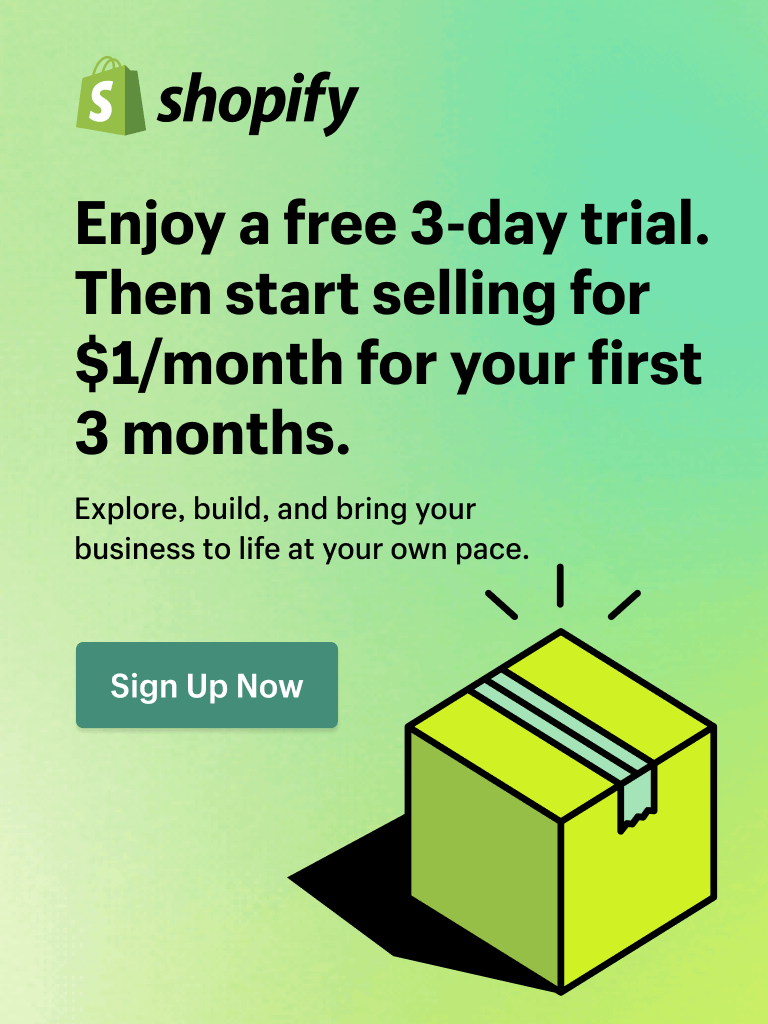If you only have one key product to promote online, then going for a single product page will help you launch a professional eCommerce store.
In this article, we’ll come down to the very basic concepts of a single product page and the reasons why it is important. More importantly, we'll provide a list of tips to create a high-converting single product page. Also, don't miss out on other Shopify pages if you want to build your store to its fullest potential.
For now, let's get the ball rolling!
1. What is a single product page?
A single product page is an all-in-one page that allows you to display specific product information to visitors so that they can instantly buy your products. The displayed information can be Product Title, Product Image, Product Price, Product Description, CTAs (like Add to Cart), Product SKU, you name it.
Although it’s a good idea to choose a theme with a design and style that matches your vision, many of the options here are highly customizable. Therefore, if you don’t find a theme that’s a perfect match for your project, you should find it easy to adjust the colors, fonts, and other display properties of your website.
It’s worth pointing out that many of these single product eCommerce themes can also be used to sell multiple products. Therefore, if your inventory expands in the future, you shouldn’t have to worry about changing themes.
If you want to see how a single-product layout compares with a standard setup, this Shopify product page guide breaks down best practices to help you design pages that sell.
2. Why you need a single product page
Arguably, a product landing page often brings more conversions than a regular product page because:
- The user who lands on a product landing page is already searching for a specific product.
- It highlights the benefits and features of a software product quickly.
- Since these pages are product and conversion-oriented, they keep visitors focused on the offer.
- It reflects the message of a referring ad. It makes sure that every ad has a dedicated post-click page to follow up on your offer and ensures visitors that they’re in the right place.
3. Tips to build a converting single product page
TIP #1: Include a prominent CTA:
Including a strong CTA is one of the most important landing page best practices. Don’t be afraid to be direct with the wording and bold with the colors. The message Start Now is clear and conveys a slight sense of urgency, while the blue color pops against the light orange background. Here are a few more tips for creating CTAs that convert:
- Keep it short, only about two to four words.
- Use action-oriented verbs, like ‘Get’ and ‘Subscribe.’
- Incorporate a subtle hint of persuasion and urgency.
- Use language that matches your brand identity.
Be as direct as possible. Users should know exactly what to expect after they have clicked on your CTA. The same will go to other important page designs, which include your homepage design.
TIP #2: Use engaging visuals:
Visuals is key as a captivating and evocative digital illustration that continues throughout the length of the page. The top fold features a mountain whose peak points directly to the CTA, drawing visitors’ eyes straight to the button.
The mountain imagery relates to the idea of reaching new heights, perhaps by creating a website. The image (or images) you choose to display should quickly and effectively reflect the purpose of your product or service
TIP #3: Minimize the scroll:
All of your poignant information should appear ‘above the fold’ (the part of the website that’s viewable on the screen before visitors have to scroll down). This content should greet your visitor from the second that they click on your link.
n this example, the logo, headline, CTA and visuals are all available to the viewer above the fold. If your landing page requires more information, and therefore more space, you can use directional visual cues like arrows to invite them to scroll down. In this case, the water motif is what encourages visitors to keep scrolling, tying together the various elements of the landing page.
TIP #4: Optimize for mobile:
Your landing page should be optimized for mobile - there’s just no two ways about it. In fact, considering the amount of people who use mobile devices, the mobile version of your landing page may even garner more traffic than your desktop version. This LP is perfectly optimized for mobile, with fixed CTAs that follow the reader as they navigate through the site.
TIP #5: Include a prominent FAQ section:
Doing so allows potential customers to more fully understand the product or service you’re trying to sell them. It also shows that your company cares to provide clarity both about the user experience and the product or service itself.
TIP #6: Choose a suitable theme:
A key step with building a new Shopify store obviously would be picking a new theme. This is especially vital for single product stores due to the importance of giving the best first impression.




